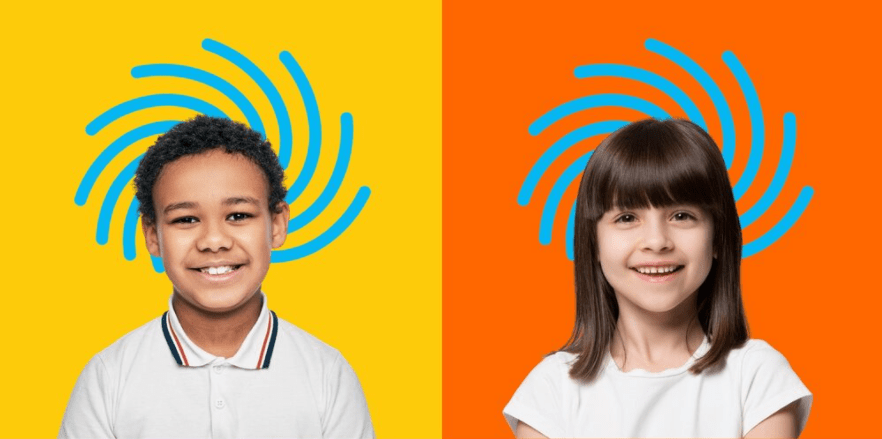
Lots of remote teachers are struggling with how to support their learners who think differently. It’s one challenge to try to meet a wide range of needs when students are in front of you in the classroom. It’s an entirely different hurdle when you aren’t even in the same room. But there are still simple and effective ways to make sure all of your lessons and materials are accessible to every single one of your students. Here are some tips for remodeling your remote classroom with Universal Design for Learning (UDL) in mind.
1. Post it in writing.
Don’t assume students have the ability to follow verbal directions all the time, even if you’ve seen it. While not every word out of your mouth needs to be written down (nor should it be), make sure that all of the important information, including both lesson content and work instructions, is written down clearly and in plain language that will make sense to your students. For some students, seeing it in writing could be the difference between staying on track and being totally lost.
2. Include visuals.
Especially for students who are English Language Learners or who have word processing delays, including pictorial representations can also make a huge difference. Some students look at a list of steps, even if they are short and sweet, and they see gibberish. Add some visuals and many of those students will know exactly what’s going on.
3. Make adjustments that everyone can benefit from.
At the heart of UDL is the idea that certain aspects of instruction can be catered to fit everyone’s needs. This doesn’t mean that you have to address a hundred different needs all at once, all the time. If one student benefits from having a tool or device, chances are, everyone will benefit from it. You don’t need to bombard students with multiple representations of the same information all at once. Choose the mode of representation that will be accessible to the most students.
4. Make content visually appealing, but keep it simple.
You don’t need fancy fonts and lots of different colors in order to engage students in your lessons. The meat of your content is far more important than the presentation! Still, there are some dos and don’ts when it comes to how your lesson looks, whether it’s on a digital whiteboard, google slides, or some other platform.
Color-coding materials is great when it serves a purpose. But using different colors just to make lessons “pretty” can actually detract from your students’ experience. Some students find lots of different colors distracting, so stick with just one that contrasts with whatever color the background is (unless, of course, you are color-coding for a purpose).
5. Offer multiple modes of participation.
Some students find it especially uncomfortable to speak up in front of their classmates when on a computer screen. The drastic difference in learning environment is sometimes enough to completely discourage students from participating. For those students who don’t feel comfortable talking to their computer with up to 30 people listening on the other end, offer the option to type comments in the chat, or have a google jamboard or a padlet open that they can add to.
6. Address all learning styles.
While this is definitely harder through a laptop screen, it’s still doable even when you aren’t with your students in the classroom. Some students are visual learners, while others are auditory. Some learn best when talking with their peers, while others prefer reading to themselves quietly. Discover what learning preferences are in your classroom and address them all regularly and equally. You don’t need to address them all at once at every moment. But if you can present information visually, present it aurally as well, and vice versa. Just be sure that you are addressing all of your students’ unique learning styles equally so that everyone has an opportunity to shine.




